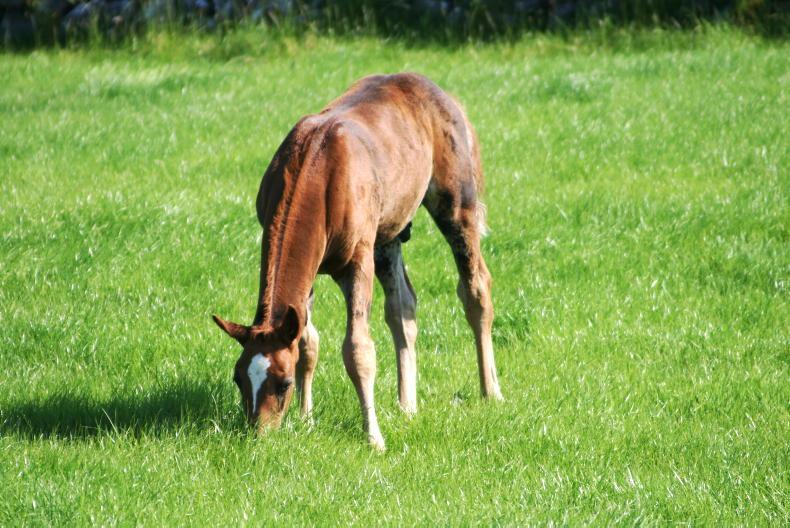SOIL is a fundamental resource on which we are all dependent and we need to take care of it. In Ireland we’re particularly fortunate in that we have very high-quality soils rich in organic matter and essential nutrients. Calcium rich limestone soils are often referenced as a key factor in Ireland’s successful history as a producer of high-quality horses. There are other characteristics such as good clay content and high organic matter levels in conjunction with a favorable climate which contribute to good quality grass production. Grass is the cheapest and best food for our horses so it makes a lot of sense to manage it properly.
Climate variability
Global temperatures are increasing, 2022 was the sixth warmest year on record. The ten warmest years since records began in 1880 have occurred between 2010 and 2022 (Source: 2022 Global Climate Report). The impact of increased temperatures is greater climate variability, heavy rainfall periods, lower number of frost days, extended dry spells and longer growing season.
Extended dry spells will be common by 2050 particularly in the eastern part of the country. By 2050 the growing season will be extended by 35 – 40 days (Source: Met Eireann).
Farmers have first-hand experience of the impact of climate change, currently grass growth has been delayed and tillage farmers have been flat out sowing crops this week, three to four weeks behind schedule. Grassland management needs to adapt to more sustainable practices using less chemical fertiliser, minimise herbicide applications and reduce field operations.
In addition, we also need to make our farms more resilient less poaching, planting more trees and establishing multi specie swards.
Soil analysis is an essential first step to determine what nutrients are required, in what form and when they should be applied. Soil pH is critical, acidic soils lead to increased metal availability such as manganese, iron and aluminium which inhibit the uptake of essential nutrients copper, cobalt and zinc. Low pH soils will promote surface rooting unpalatable grass species.
The strategic application of lime is important with a target ph of 6.4 for grassland. The application of excess calcium in the form of lime when not required can trigger mineral imbalances leading to orthopaedic problems. It is important to seek qualified advice when applying fertiliser and lime.
The poaching of soils should be minimised through stock rotation during wet periods and the use of all weather paddocks. Compacted soils are anaerobic, oxygen is an essential soil nutrient and is seldom referred to as such. Oxygen promotes enhanced biological activity, improved nitrogen conversion, optimum soil mineral balance and grass growth. Compacted soils produce less volume, a lower quality grass and tend to have higher weed populations. Compacted soils behave like concrete during heavy rainfall and the water flows rather than absorbs into the soil. There are several different mechanical soil aerators on the market, soil aeration can be carried out in the spring and autumn subject to suitable soil and weather conditions. Soil aerating in poor conditions will cause more harm than good.
Weed populations (creeping buttercup, docks and thistles) tend to be high on stud farms largely due to compaction, before treating weeds, first examine potential causes such as poor nutrition status, acidic soils and compaction. Sheep are a valuable tool in cleaning off paddocks and many studs bring in sheep from October onwards. Herbicide treatment should be a last resort and if required spot spraying rather than broadcast.
Traditionally stud farms mix graze cattle and horses during the summer months, this practice is recommended. It is important to note that many studs are applying for Basic Income Sustainability Support (BISS) and Targeted Agricultural Mechanisation Scheme (TAMS), the movement of all stock is recorded and the introduction of cattle must be recorded with the Department of Agriculture, Food and Marine (DAFM) to avoid penalties.


 This is a subscriber-only article
This is a subscriber-only article
 It looks like you're browsing in private mode
It looks like you're browsing in private mode





SHARING OPTIONS: